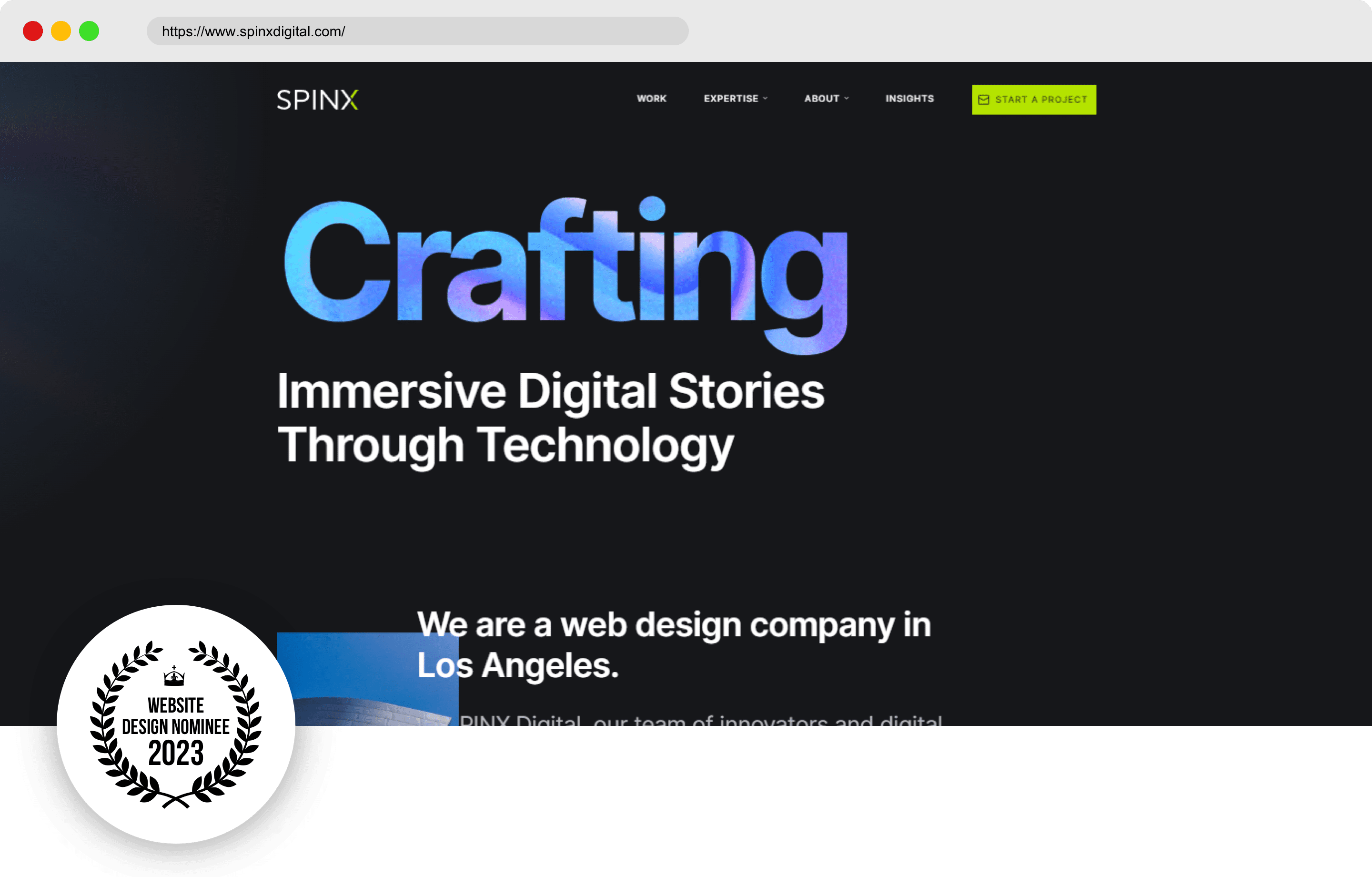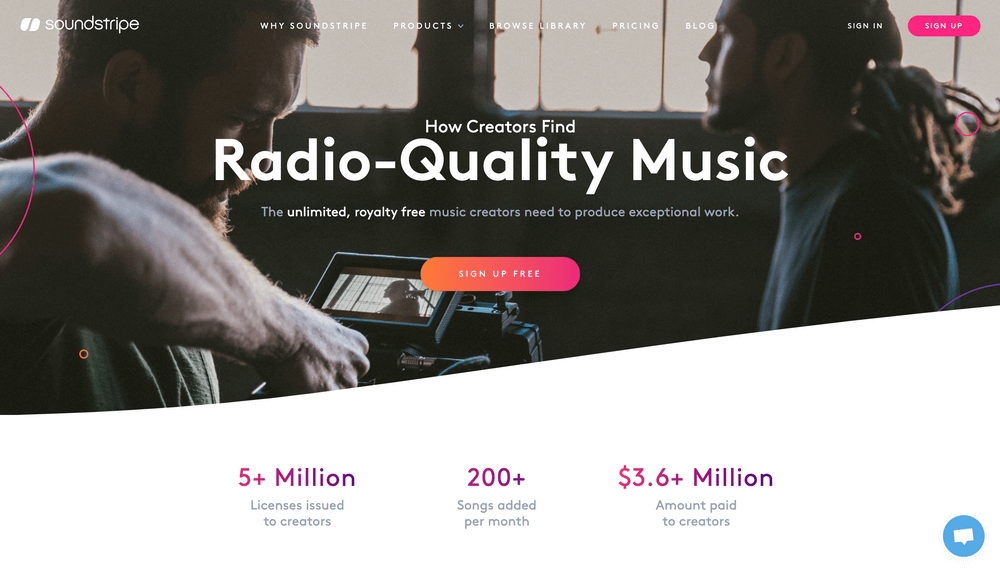How to Select the Right Tools for Your Website Design Projects
How to Select the Right Tools for Your Website Design Projects
Blog Article
Secret Approaches for Carrying Out User-Centric Website Layout to Boost Interaction
When taking into consideration the execution of user-centric web site style, specific methods are crucial in enhancing involvement. Complete research study into customer requirements and preferences creates the foundation, guiding the production of individual personalities to inform layout options. Personalizing web content improves user satisfaction, and durable availability features widen reach.
Understanding Customer Needs
Comprehending individual needs is a fundamental action in the process of user-centric web site style. This strategy guarantees that the web site straightens with the assumptions and needs of its target audience, ultimately resulting in improved individual satisfaction and engagement. The initial phase includes conducting thorough study to collect understandings into customer actions, choices, and pain factors. Strategies such as surveys, meetings, and user screening can offer important qualitative and quantitative information about exactly how users engage with the site.
Analyzing this information allows developers to develop thorough user personas that stand for the various sections of the target market. These characters assist educate design decisions by highlighting particular customer objectives and difficulties, directing the growth of attributes that attend to these demands successfully. Recognizing the context in which individuals run-- such as their environment, gadget preferences, and time restrictions-- can further fine-tune the style strategy.
Empathy plays an important duty in this process, enabling designers to see the site from the customer's point of view. By focusing on user needs, the design procedure ends up being more focused, avoiding the inclusion of unnecessary components that might clutter the individual experience. Ultimately, a deep understanding of customer demands is crucial in crafting an internet site that is both significant and functional.
Creating User-friendly Navigating
Having developed a comprehensive understanding of individual requirements, the next action in user-centric internet site layout entails producing instinctive navigation. Effective navigation is basic to customer satisfaction, influencing how conveniently customers can locate information and full jobs. To achieve user-friendly navigation, designers should prioritize simpleness and quality, making sure that the navigating framework is sensible and consistent throughout the site.
Organizing web content right into a clear power structure is vital. Website Design. Making use of acquainted tags and icons can lead customers easily, lowering cognitive load and boosting the overall user experience. A properly designed navigation bar must be plainly positioned, enabling customers to identify their current area and easily discover various other areas of the website
It is additionally essential to integrate interactive aspects such as breadcrumbs and search performances to assist individuals in navigating complicated websites. These functions give additional pathways and boost the accessibility of material, catering to different individual choices and habits.
Evaluating navigation with real customers is necessary to determine potential discomfort factors and make sure performance lines up with individual assumptions. Routine comments loops and repetitive improvements can assist preserve a reliable navigation system that adjusts to evolving user needs, eventually enhancing involvement and contentment.
Producing Receptive Interfaces
Invariably, creating receptive user interfaces is a pivotal facet of modern website design, ensuring that sites are accessible and functional throughout a plethora of gadgets and screen dimensions (Website Design). This versatility is essential in a landscape where individuals access content through mobile phones, laptop computers, tablets, and desktops, each with differing alignments and resolutions. The main objective of receptive layout is to enhance user experience by maintaining optimal readability and functionality, no matter of the device made use of
To accomplish this, web designers use adaptable grid formats, fluid photos, and CSS media questions. Versatile grids enable internet read more site components to resize proportionally, while fluid pictures make sure visuals range properly without shedding high quality. Media queries play an important function by applying different styles based upon the tool's attributes, such as alignment, height, and size, therefore customizing the format to the individual's screen.
Additionally, responsive user interfaces add to boosted search engine optimization (SEO) by offering a seamless user experience, which in turn can reduce bounce prices and boost site interaction. In summary, adopting receptive layout is not just a technological factor to consider yet a necessary technique for cultivating a user-centric internet environment that meets the demands of a diverse target market.

Customizing Web Content Experience
Individualizing material experience is an essential component of user-centric web site layout that includes tailoring content to meet the special preferences and habits of specific users. This strategy not only enhances customer satisfaction yet also fosters deeper engagement, as visitors are more probable to connect with web content that resonates with their rate of interests and demands. By leveraging data analytics and customer comments, companies can identify patterns and patterns that notify the personalization of web material.
Integrating personalization strategies can vary from basic changes, such as suggesting products based upon searching background, to much more sophisticated methods like dynamic web content that adapts in real-time to a customer's interactions. Individualized landing pages can dramatically boost conversion rates by supplying customers with appropriate details and provides that line up with their previous activities and choices.
In addition, utilizing man-made knowledge and artificial intelligence can additionally fine-tune content customization news by continuously finding out from user behaviors and adjusting to arising fads. This not just enhances the individual's trip yet also builds brand loyalty, as consumers really feel understood and valued. Eventually, individualizing the material experience is an essential method for companies aiming to produce a more significant and appealing interaction with their target market.
Enhancing Accessibility Functions
Enhancing accessibility attributes is a fundamental aspect of user-centric site design, guaranteeing that electronic material is functional by everybody, including individuals with impairments. This method not only follows legal standards such as the Americans with Disabilities Act (ADA) and the Web Material Ease Of Access Guidelines (WCAG) but also substantially expands a site's target market reach. By integrating attributes like keyboard navigating, display reader compatibility, and alternative message for pictures, internet sites come to be a lot more inclusive, providing a seamless experience for customers with aesthetic, auditory, or motor impairments.
Incorporating receptive design components is critical, facilitating accessibility on Get More Info different devices and display dimensions, thereby suiting individuals with different choices and demands. Additionally, contrast proportions and text size modifications can boost readability for people with aesthetic challenges. Offering succinct and clear material framework, such as headings and checklists, aids understanding and navigation, specifically for individuals with cognitive impairments.
Routine ease of access audits need to be carried out to identify and correct potential obstacles, ensuring ongoing compliance and functionality. By prioritizing accessibility, services not only foster inclusivity however additionally enhance general customer engagement and contentment, ultimately driving greater conversion prices and reinforcing brand loyalty.

Final Thought
Including user-centric layout strategies substantially boosts website interaction by focusing on the demands and preferences of users. Extensive study facilitates the development of individual personalities, assisting targeted style choices.
Thorough research into customer demands and choices creates the structure, leading the production of customer identities to notify style options. Strategies such as surveys, interviews, and individual testing can supply valuable qualitative and measurable information about how individuals connect with the website.
By prioritizing user demands, the layout procedure becomes much more concentrated, protecting against the addition of unnecessary elements that could mess the individual experience. Efficient navigation is essential to customer contentment, influencing just how quickly customers can discover information and full tasks. The usage of acquainted labels and symbols can direct users easily, lowering cognitive tons and enhancing the total individual experience.
Report this page